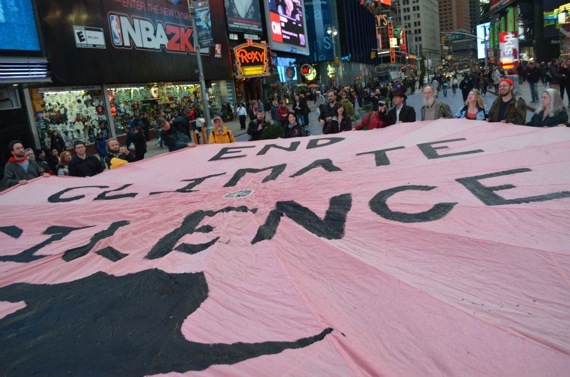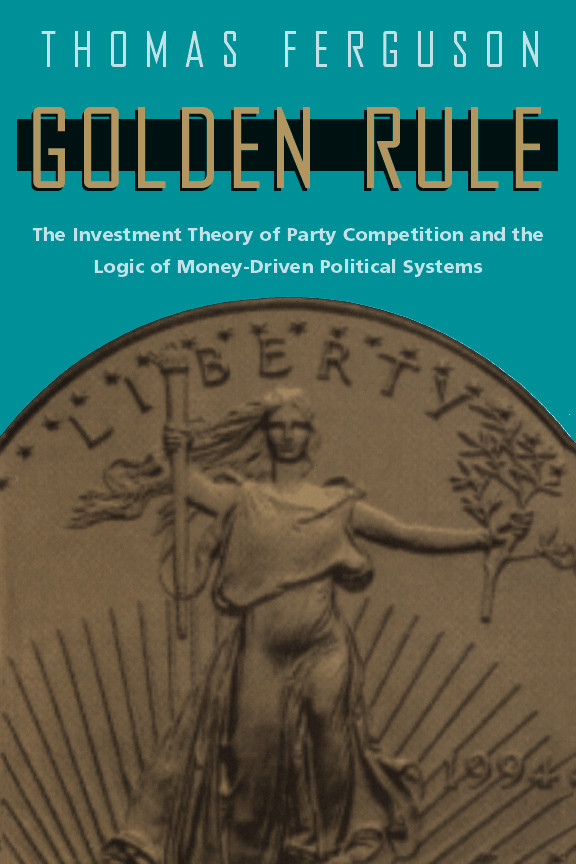 ThinkProgress is reporting: “Although a small number of ballots remain to be counted, as of [November 7], votes for a Democratic candidate for the House of Representatives outweigh votes for Republican candidates [in contested races, including some Democrat-on-Democrats races in California]. Based on ThinkProgress’ review of all ballots counted so far, 53,952,240 votes were cast for a Democratic candidate for the House and only 53,402,643 were cast for a Republican — meaning that Democratic votes exceed Republican votes by more than half a million. …”
ThinkProgress is reporting: “Although a small number of ballots remain to be counted, as of [November 7], votes for a Democratic candidate for the House of Representatives outweigh votes for Republican candidates [in contested races, including some Democrat-on-Democrats races in California]. Based on ThinkProgress’ review of all ballots counted so far, 53,952,240 votes were cast for a Democratic candidate for the House and only 53,402,643 were cast for a Republican — meaning that Democratic votes exceed Republican votes by more than half a million. …”
ROB RICHIE [email]
Richie is the executive director of FairVote. He said today: “Representative democracy demands a level playing field, but U.S. House elections do not have one. Today there is a significant structural advantage for the Republican Party grounded in elections relying on single-member district, winner-take-all voting rules.
“In this year’s elections, for example, Democrats are likely to win more popular votes than Republicans in contested U.S. House elections. But Republicans will win a comfortable House majority, and FairVote estimates that Democrats would have needed to win 55% of the national vote to earn a House majority.
“Incumbency and campaign spending present challenges to Democrats, but the core problem is structural. When ordering districts by their partisan leanings, the median district is 52% Republican. Obama’s share of the vote was likely less than his national vote share in 240 districts this year and greater in only 195. That translates into Republicans having an advantage over time in 45 more districts. Although this bias has existed for decades, rising polarization and less ticket-splitting has resulted in the defeat of most of the more conservative Democrats who were able to win in Republican-leaning districts.
“The bottom line is that House elections are not as responsive as they should be. The great majority of incumbents are invulnerable to defeat, as evidenced by the fact that FairVote last July projected 333 winners and saw them all win this week. Now, with the bias of the current system, House leaders can be less responsive to shifts in popular support.
“FairVote proposes a statutory change, explained in its interactive map at http://www.FairVoting.Us. It would replace single-member districts with multi-seat districts and elect representatives with American forms of proportional representation. Doing so would remove the overall bias in the system and make every House Member more accountable to their constituents.”








